When it rains, it pours. This phrase applies very much so to writing. Once I start, I find it difficult to stop sometimes. Today is slightly different as the past few evenings have been taken up with procrastination before exams and so I have three days of kitchen stories to tell. I’ll try to keep it brief, but still you may want to grab yourself a cup of tea. Or wait until you are inspired to rustle up something to eat, we’ve got tapas, profiteroles and pizza coming up…
Way back on Wednesday, of course we had our weekly wine session. With guest speaker and Master of Wine Jane Boyce, we were given a tasting tour of some of the worlds’ Rieslings and Pinot Noirs. As we were told, there are more astronauts in the world than there are Masters of Wine and so it was an honour to have Ireland’s only female Master of Wine with us today. She told us of the process of obtaining the title, and the years of study involved. As she spoke of the requirements to identify a number of different wines from around the world, my admiration for her grew and grew. This sounds like a task verging on impossible, but it was quite evident that she thought the same, only that it was her passion and determination that carried her through. For many of the students, it always inspires hope into their dreams, as they continue to meet hurdles on their passion-fuelled journey.
Although the morning had attempted also to reintroduce us to sherry, a drink now in vogue in bars across London, New York and so on, I failed to fall in love. It was relatively popular amongst the students, but for me, I couldn’t get past the smell. The taste I could abide, but the unavoidable inhaling of the scent made it most difficult to finish a glass. For this, I must hold my memories responsible. I believe sherry to be the first alcohol I encountered as a child and one which I hated, in fact it was this ingredient which ruined the Christmas trifle annually. I was enchanted by the jelly, custard and whipped cream, if only the sherry hadn’t made its way in there. It is funny how these things stay with you, but I guess it defines who we are as individuals, shaping and directing even our culinary journeys.
The success story of the day was the Riesling, in particular Pikes Riesling from Australia. I quite liked it and couldn’t help but think what a great introduction wine it would be to the Riesling grape variety. I’ll be keeping an eye out for it anyway.
That evening brought us to a tapas demo. This theme was one which excited many in the group, as well as attracting quite a few other people from outside the course to sign up for this afternoon demonstration. Similar to sherry, tapas bars are in vogue in the biggest and most vibrant cities all over the world. Associated with Spain, it is all about snacks, little portions of everything. It can be as simple as a single slice of cured ham, but it is all about sharing a few bites with friends. Although focusing solely on these small portions is not something which I can, at this moment, see myself doing, I was enchanted by the magic of tapas. Tapas lovers will know what I mean when I say this. The demo created a great buzz, the atmosphere in the room had a certain electricity. There was intrigue and excitement as people watched the food being prepared, and when it came to tasting, we were no longer in Ballymaloe Cookery School looking out at a wet February evening, we found ourselves transported elsewhere be that to the heart of Spanish cuisine or to a swanky London tapas bar where we leisurely chatted, sipped sherry and nibbled meatballs and chilies alike. It proved itself to be a market which in the right location and with the right vibe and good food would thrive, attracting people from all over.
Within the hour however, we found ourselves back in our onsite cottages and writing our order of work for the following morning. Thursday morning meant that it was Valentines Day, and that love was in the air. Well while love was in the air, a fish the length of my arm was firmly planted on a board on my counter. The menu was to be deep-fried Ardsallagh goat cheese and pollock in a spicy tomato sauce. Romantic? If that’s your thing.
The day was a strange one. I so wanted to resist the urge to connect these dishes to the day that was in it, but I couldn’t. My roasted peppers found themselves manipulated into love hearts on the plates. However, it has to be said that my heart wasn’t exactly in it unfortunately. I was afraid that I was being immature and temperamental when I questioned the teaching of my teacher this day, but I can say with confidence that my guide that day is not a natural teacher. I don’t want to dwell much on it for fear of spoiling the experience, but still it is an important point to mention how important basic courtesy is. On this particular day, any question I had was met by attitude and ignorance and I left the kitchen feeling like I could never succeed. Perhaps I was being overly sensitive, but it made me question whether or not I really could work in a professional kitchen. In spite of this, I was able to reassure myself that indeed I could work in this setting and be great at it. I have the necessary passion. I have the capacity to learn. I have the desire to challenge myself and I have ambition, and that would be quite enough to take me anywhere I want to go.
A long walk cleared my head and the knowledge that I would be returning to kitchen 3 the following week was enough to lift my spirits. That night should have been taken up with revision, but I had a quiet confidence that I would be able to identify the herbs and salad leaves the following day, and as for the practical part, simply approaching with a calm, cautious and confident mind would see me through, and so, I made a cake! This particular idea had struck me the day prior as I daydreamed a little. I have always wanted to make a cake with green tea and so I imagined what I would like to eat whilst drinking green tea, the answer was yogurt. From some form of logic, a raspberry yogurt cake with green tea glaze and rosewater icing sounded just incredible and so that was my chosen challenge. I will divulge the recipe in time, however it does need perfecting. Having said that, the cake was met with a positive response. The flavours were interesting and to me, that was most exciting. You can see the pictures below. Presentation has to be worked on too, but I haven’t given up. My signature cake is underway.
Then came Friday, the end of week six. Marking the halfway point, we were to approach our first exams. The morning though meant that we still had demo and today was pizza. Working in a pizzeria, I had certain views and so the day was particularly interesting just to see the difference in how this dish was approached, and there were huge differences. Rolling out the dough with a rolling pin not only seemed silly, but it was time consuming. A little pressure with your hands and you should have a base stretched out in no time. The heavy use of salt and pepper was another thing which I couldn’t agree with, and rightly enough when I sampled a white pizza with wild garlic, I deemed the salt to be completely unnecessary. I was introduced to many more dishes which was a valuable experience for me. Deep frying pizza dough for example was something with which I was unfamiliar, however I was intrigued and ultimately impressed by.
The morning seemed to fly and before we knew it, we were lining up to be called in to herb and salad recognition. In recognising each, we had to suggest two dishes in which the herb could be used. Although many are distinguishable by sight, there are others which require smell and taste to tell them apart. Dill and fennel are the most obvious example with both appearing extremely similar, however fennel tastes like liquorice and dill tastes like dill. Try them back to back, and you will know what I mean. Anyway I am confident that I was successful in identifying them all correctly and matching them appropriately, but I guess the results will soon tell.
The next stage was the practical, during which you could be asked to complete any of thirty techniques. Just before the exam, I quickly jointed a chicken in the house as a quick recap, but otherwise, there was nothing more I could do only stay calm and avoid cutting myself.
Entering the exam, I discovered that my techniques were as follows: segment citrus fruit, make mayonaisse, chop and sweat onions and make a paper piping bag. First on my agenda was to make a quick order of work in my head. Scanning through my tasks, I could immediately identify that I had to get going with the onions as they would take the longest, and as they sweated, I could complete the other three techniques, and so I did. With the mayonaisse, I had to laugh. I have made it once before and when I did, as you might remember, it wasn’t so great. The flavours were a little bit off balance and it was particularly thick. What a valuable lesson that had been though. Now I found myself in the exam thinking do not mix oils at equal parts, and make sure the mustard isn’t too overpowering. I also had to take care not to over whip it, or under for that matter (split mayonaisse would be a disaster). With this all in mind, I got it done, slowing down my whisking at one point, as I could feel the mixture thickening. Eventually I was happy and now I can only hope for the best.
With that, week six was concluded. It is crazy to think that we are already half way through the Ballymaloe experience. No going back now…


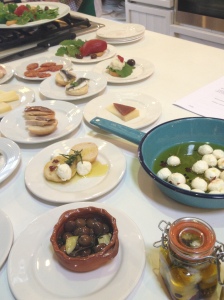
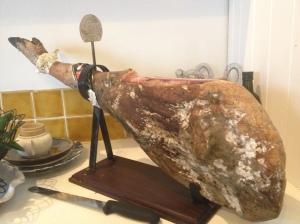
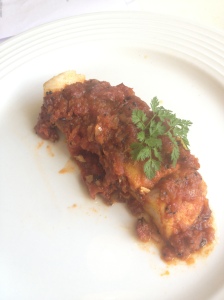


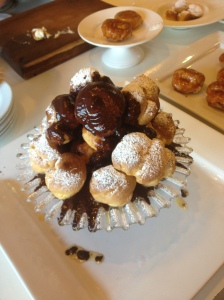
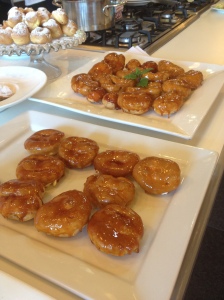







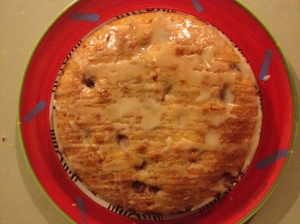
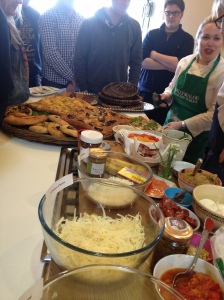



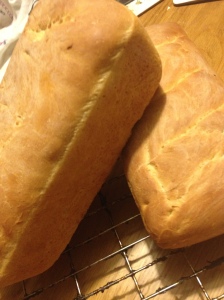

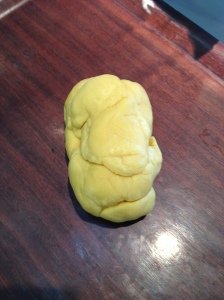
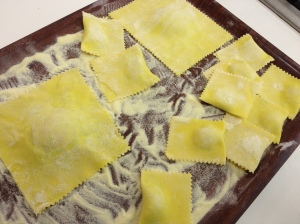
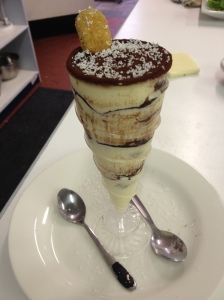
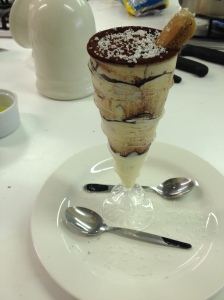

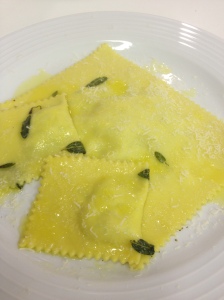
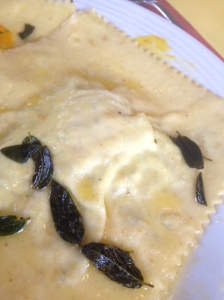
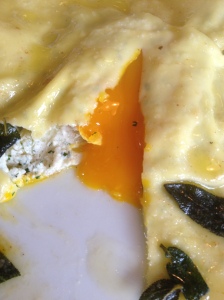
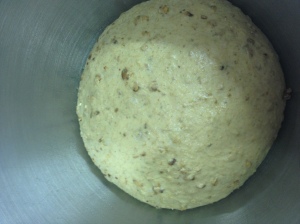

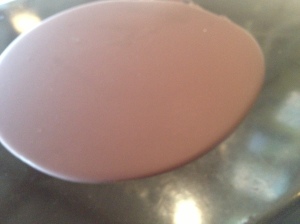


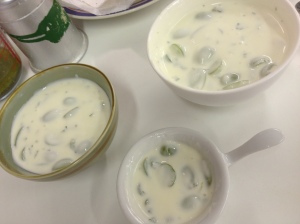
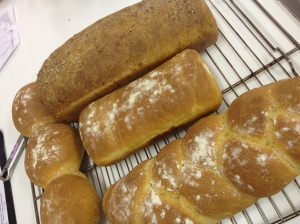
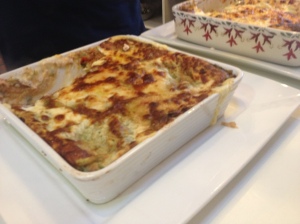

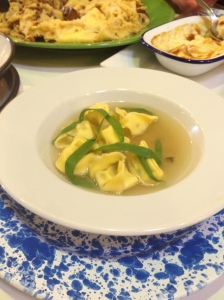

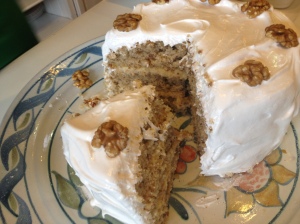


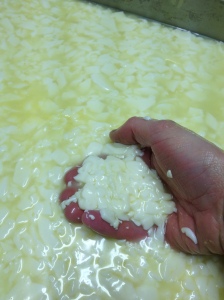
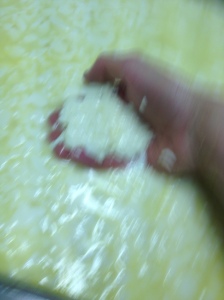
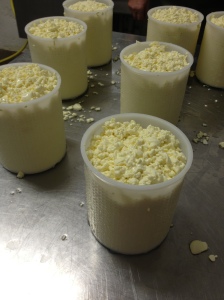
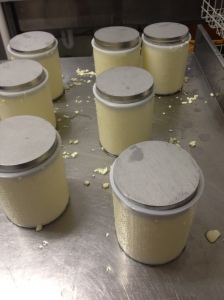

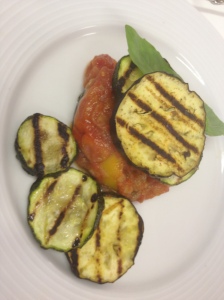
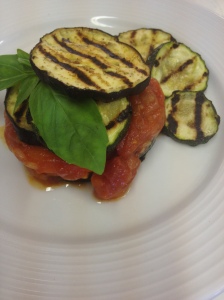

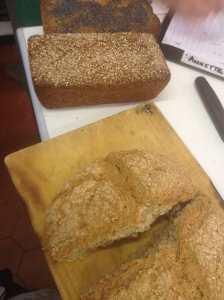
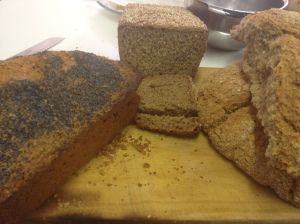
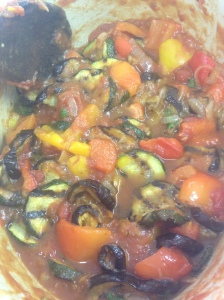

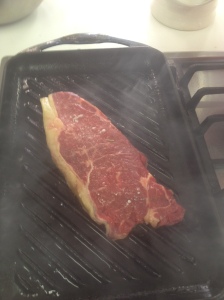
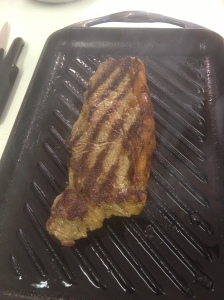
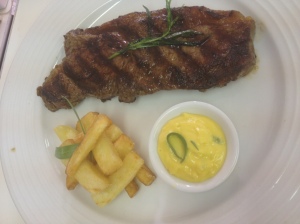
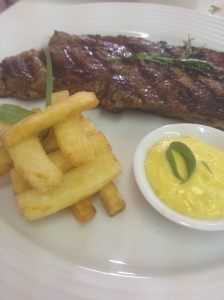
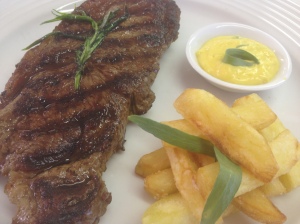
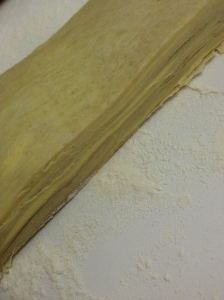
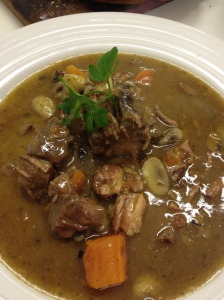

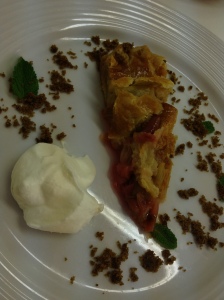

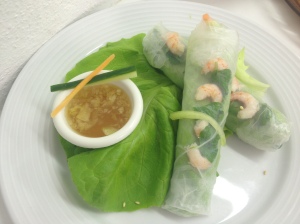
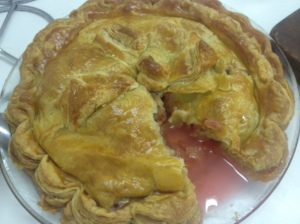
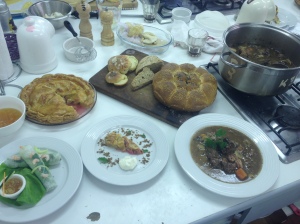
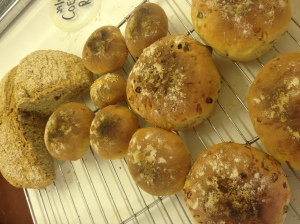
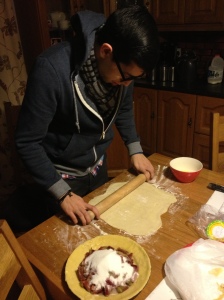

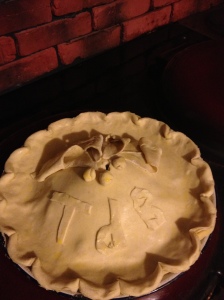
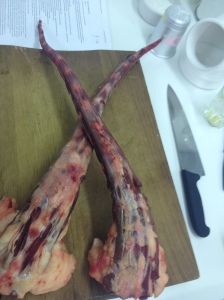

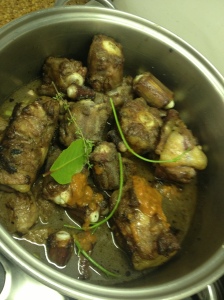
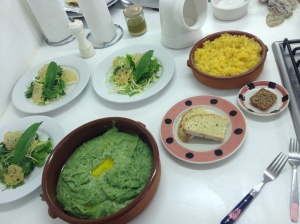
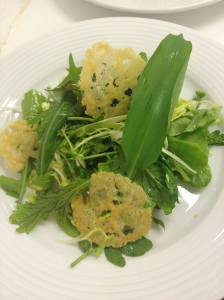
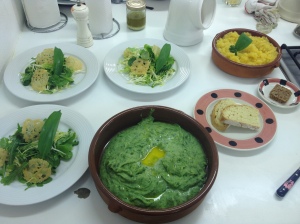

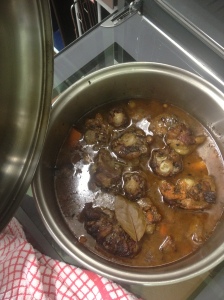
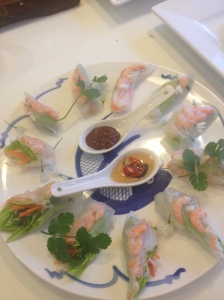
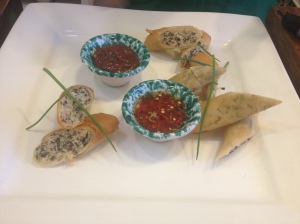

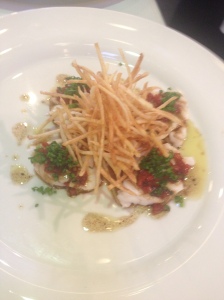
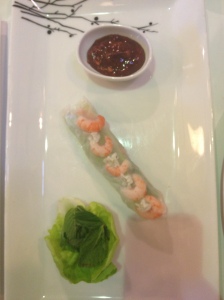

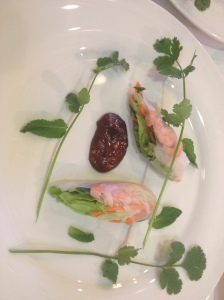
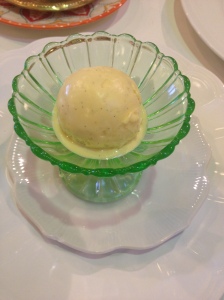





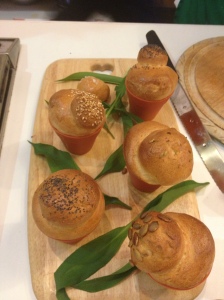
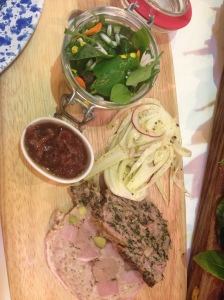
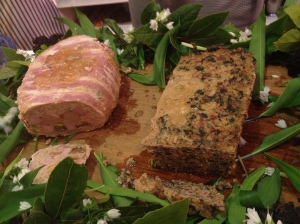

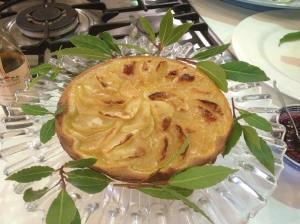
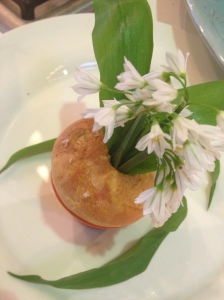
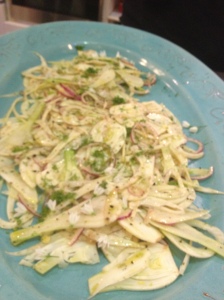
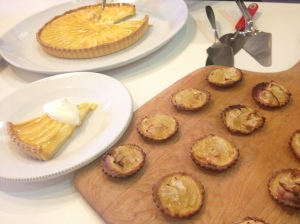


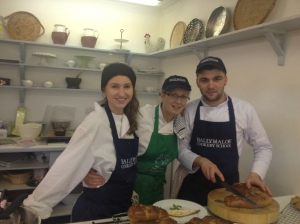
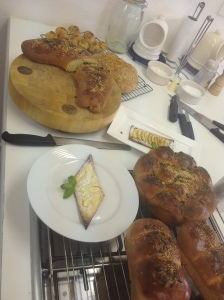


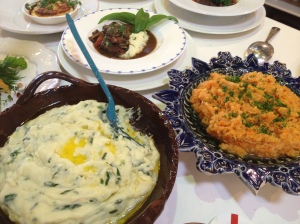
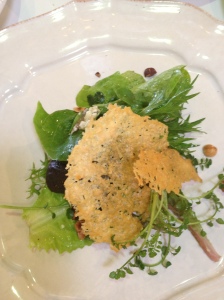
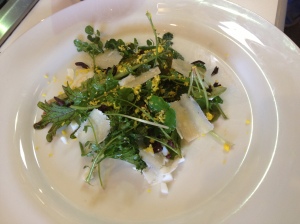
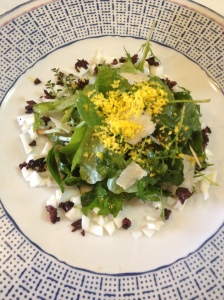
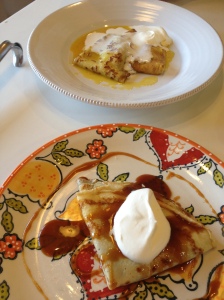
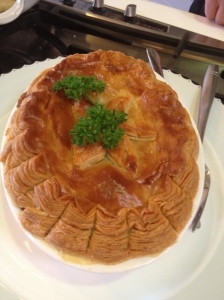
![IMG_1776[1]](https://dirtywhites.files.wordpress.com/2013/02/img_17761.jpg?w=300&h=225)
![IMG_1777[1]](https://dirtywhites.files.wordpress.com/2013/02/img_17771.jpg?w=300&h=225)
![IMG_1775[1]](https://dirtywhites.files.wordpress.com/2013/02/img_17751.jpg?w=225&h=300)
![IMG_1778[1]](https://dirtywhites.files.wordpress.com/2013/02/img_17781.jpg?w=300&h=225)






















